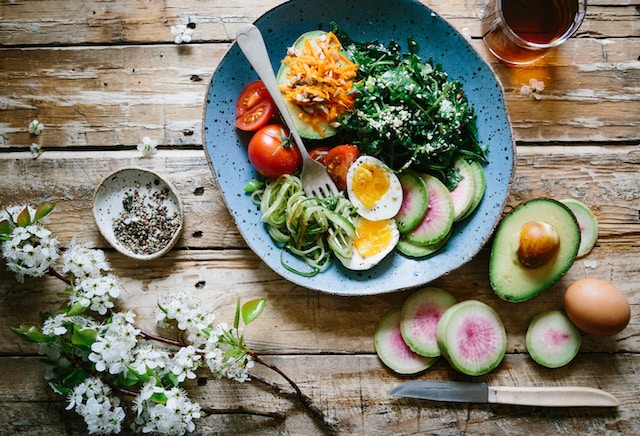
How to Eat Healthy as a College Student
The rigors of college stretch beyond the classroom. Because of the constraints imposed by coursework, extracurricular activities, and even a part-time job, you’ll find that time is your least available resource. Unfortunately, this can affect how you go about addressing your nutritional needs.
Busy or not, eating healthy needs to be a priority. However, with your typical schedule, you might be at a loss when figuring out how to eat healthier as a college student in Kentucky.
We’ve got you covered. We’re here to help you navigate the world of nutritious eating while on a tight budget and limited time.
Here are some healthy eating tips for college students.
Plan Ahead
Meal planning isn’t only for people trying to place at the Olympics. It’s an effective strategy for healthy eating.
Creating a meal plan for the week is a great way to stay on track with your healthy eating goals. Whether you’re looking to up your energy levels or getting ready for spring break, plan your meals to include a balance of macronutrients. This means ensuring that every meal has carbohydrates, proteins, and fats.
For variety, you’ll want to incorporate fruits and vegetables to ensure you’re getting a range of vitamins and minerals. Additionally, having smart snacking options readily available will help you steer clear of the vending machine when hunger strikes.
Budget-Friendly Eating Is Sustainable Eating
At times, knowing what to eat as a college student is straightforward. It’s the cost that puts some students off — and we understand.
However, contrary to popular belief, eating healthy as a college student doesn’t need to break the bank. In fact, with a little creativity, you can get all your micro and macronutrients in and have some left for a bit of fun on the weekend.
Let’s start with your carbohydrate sources. You’ll want to opt for whole grains, such as rice. Whole grains are healthier and cheaper than bread and confectioneries. They also keep you full and energize you longer. Other healthy carb options include potatoes and sweet potatoes. Feel free to sprinkle these in for variety.
As for protein, plant sources are the way to go if you’re on a budget. Go for lentils, beans, and legumes. These protein sources also contain fiber, meaning you’ll stay full longer. As a bonus, the fiber will be resourceful for when fat loss is your priority.
When choosing fats, you can’t go wrong with the classics, such as peanut butter, nuts, and oils. Contrary to popular belief, fats are essential parts of anyone’s diet and shouldn’t be avoided.
Eating Well on Campus
Nobody is perfect, and you won’t have your prepped meals with you all the time. However, that doesn’t mean you can’t eat healthy as a college student when you’re on campus. Believe it or not, you can still choose healthy foods from your on-campus dining options.
When selecting prepared food, look for whole, natural foods — ones typically found on the outer edges of a grocery store. Otherwise, the food you’ve got might be processed and doesn’t deserve a place on your healthy eating list.